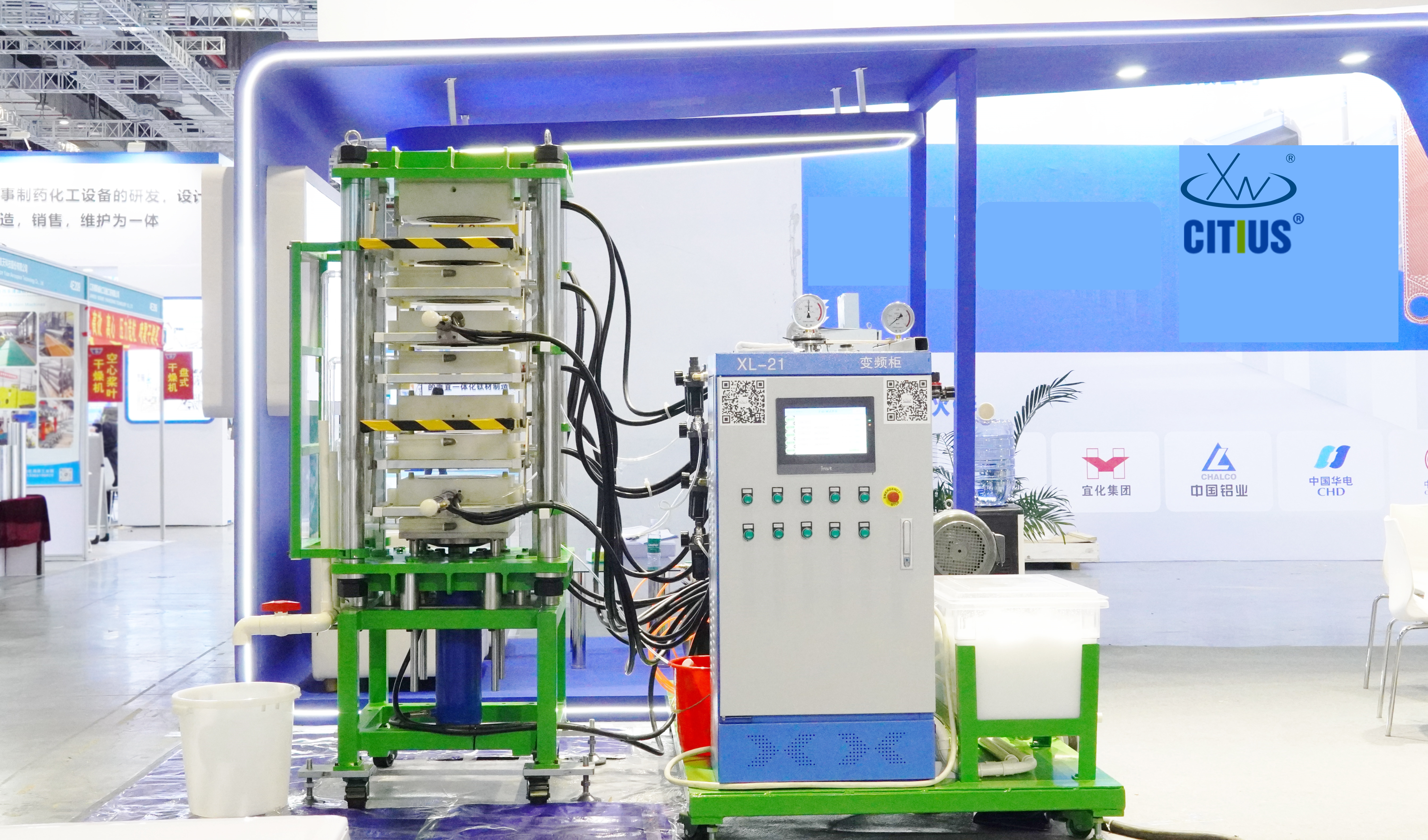Maximize Efficiency: Essential Tips for Using Plate and Frame Filter Cloth
Release time:
2025-07-02
Understanding Plate and Frame Filter Cloth
When it comes to filtration, the plate and frame filter cloth is a game changer. This essential component in various industries, from food and beverage to pharmaceuticals, helps separate solids from liquids efficiently. But before you dive into using this nifty tool, let’s chat about some important considerations that'll keep your filtration process smooth as butter!
Choosing the Right Material
First things first, not all filter cloths are created equal! The material you choose plays a pivotal role in how effectively your system operates. Polyester, polypropylene, and nylon are just a few options available, each having unique characteristics. For instance, polyester is robust and resistant to abrasion, making it a popular choice. On the flip side, if you're dealing with high temperatures, polypropylene might be more your speed.
Understanding Filtration Needs
Before you settle on a plate and frame filter cloth, take a moment to assess your filtration needs. Ask yourself: What’s the size of the particles I’m dealing with? What type of liquid am I filtering? These questions will help you determine the mesh size and filter cloth type that best suits your operation. It’s like finding the right key for your lock—get it right, and everything flows beautifully!
Installation Tips
So, you’ve got your filter cloth, and it’s time to install it. Here’s a pro tip: ensure that the cloth is taut and correctly positioned to avoid any leaks or bypassing. A loose filter cloth can lead to all sorts of trouble, including reduced efficiency and increased wear and tear on your equipment. Tighten it up, and you'll be golden!
Regular Maintenance is Key
Let’s be real, no one likes dealing with clogged filters! To keep your plate and frame filter cloth in tip-top shape, regular maintenance is non-negotiable. This includes cleaning the cloth as per your operational requirements—whether that means rinsing, backwashing, or even replacing it entirely. A well-maintained filter is not just a happy filter; it's also a productive one!
Monitoring Performance
Keep your eyes peeled on the performance metrics. Are you noticing a drop in efficiency? It might be time to check the filter cloth. A consistent drop can indicate wear or clogging, so don’t ignore those warning signs. It’s better to catch issues early on before they snowball into bigger headaches.
Common Mistakes to Avoid
Now, let’s talk about some blunders that can trip you up. One common mistake is using the wrong size filter cloth. Always double-check dimensions before you make a purchase; otherwise, you could end up with a cloth that just won’t fit your setup. Additionally, overloading your filters can lead to inefficiencies and premature failure—so be mindful of how much you’re trying to process!
Safety Precautions
Last but not least, safety first! When working with filtration systems, always wear appropriate personal protective equipment (PPE). Chemicals, hot liquids, and heavy machinery can pose risks, so don’t take chances. Better safe than sorry, right?
Final Thoughts
In conclusion, utilizing plate and frame filter cloth effectively requires a good dose of preparation and ongoing diligence. By choosing the right material, understanding your filtration needs, maintaining your equipment, and avoiding common pitfalls, you’ll not only enhance efficiency but also extend the lifespan of your filtration system. Implement these tips, and you’ll be on your way to smoother operations and better results!

